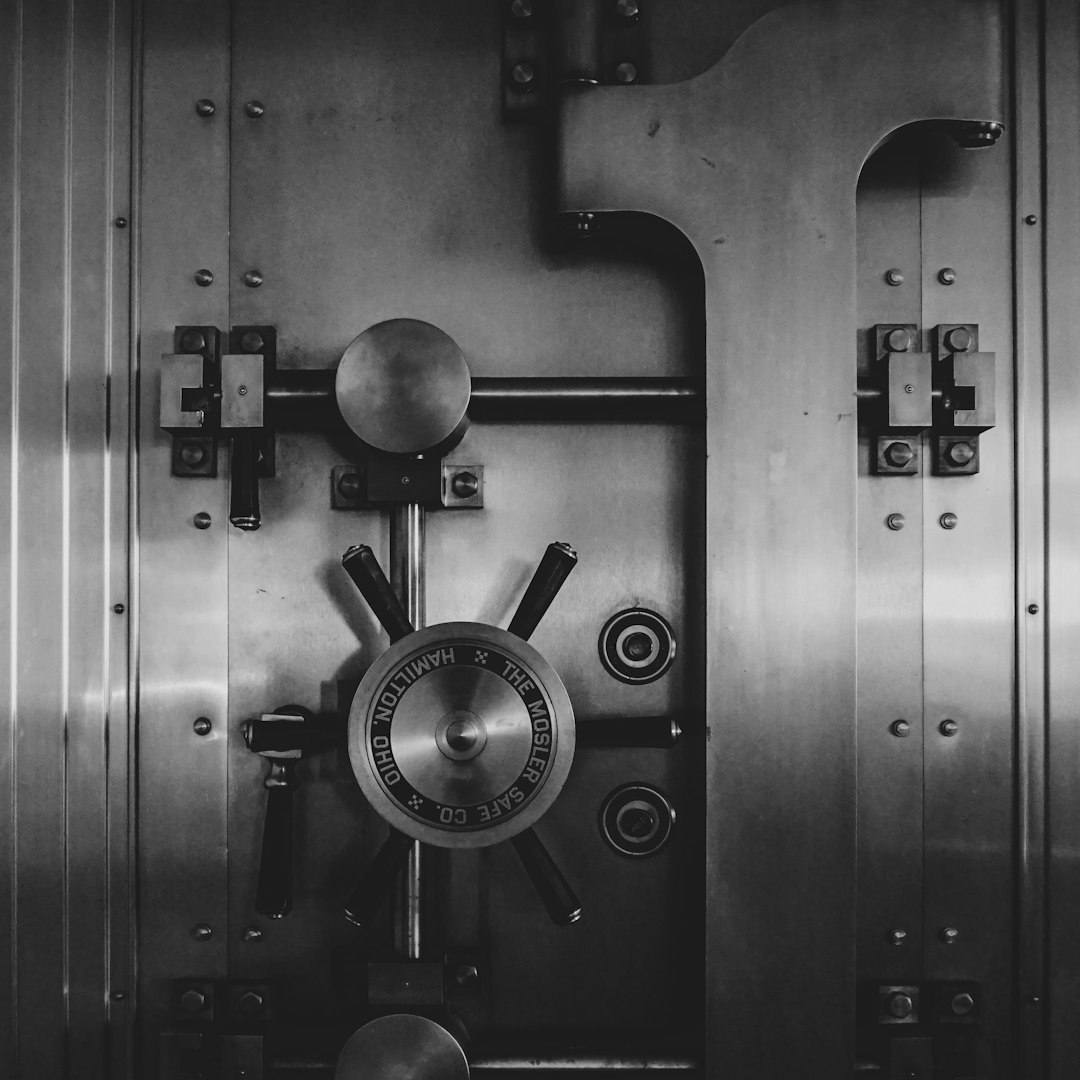
Many people struggle with opioid addiction, and ending their addiction can be an extremely difficult process. One of the major obstacles to quitting opioids is experiencing withdrawal symptoms when you cease using them. To defeat opioid addiction, you must undergo opioid detox. This website has all you need to learn more about this topic.
If you or a loved one is struggling with an opioid addiction, seeking treatment is crucial for long-term recovery. However, the process of opioid detoxification can be daunting and may deter some individuals from seeking the help they need. It’s important to understand what to expect during opioid detox and what withdrawal symptoms may arise. Here’s the link to learn more about the awesome product here.
The first phase of treating opioid addiction usually involves eliminating opioids from your system through the process of opioid detoxification. Detoxification can be done in several ways, but the goal is always the same: to alleviate withdrawal symptoms and prepare the body for ongoing treatment. As your body adapts to the absence of opioids during detoxification, you may experience several symptoms.
The severity of opioid withdrawal symptoms may vary from mild to severe and can differ depending on the individual and the extent of their addiction. Some of the most common symptoms of opioid withdrawal include muscle aches, sweating, anxiety, insomnia, and diarrhea. Nausea, vomiting, abdominal cramping, and goosebumps may also occur. You can read more on the subject here!
If you are going through opioid detoxification, it is important to understand that the withdrawal symptoms will eventually subside. The duration and intensity of the symptoms will vary from person to person, but with time, they will become less severe and less frequent. Having support from loved ones or healthcare professionals during this time is also critical. They can assist you in managing the symptoms and provide motivation to continue.
In addition to managing the symptoms of opioid withdrawal, it is crucial to address the underlying addiction through continued treatment. This can include therapy, medication-assisted treatment, support groups, or a combination of these options. Partnering with healthcare professionals to devise an effective treatment plan that meets your unique needs and developing a plan for long-term recovery is essential.
It’s crucial to understand that attempting to detoxify from opioids without professional guidance can be risky and even life-threatening. Medical supervision during opioid detox is crucial for managing withdrawal symptoms and preventing complications. This may entail the administration of medications, such as methadone or buprenorphine, to alleviate withdrawal symptoms and prevent relapse. In addition, counseling and behavioral therapy can be beneficial in addressing the psychological aspects of addiction and promoting long-term recovery.
In conclusion, opioid detoxification is an important step in overcoming opioid addiction, but it can be accompanied by unpleasant withdrawal symptoms. Having support during this time and addressing the underlying addiction through ongoing treatment are both critical. With the appropriate assistance and commitment, it is possible to conquer opioid addiction and achieve lasting recovery.
More reading: a fantastic read